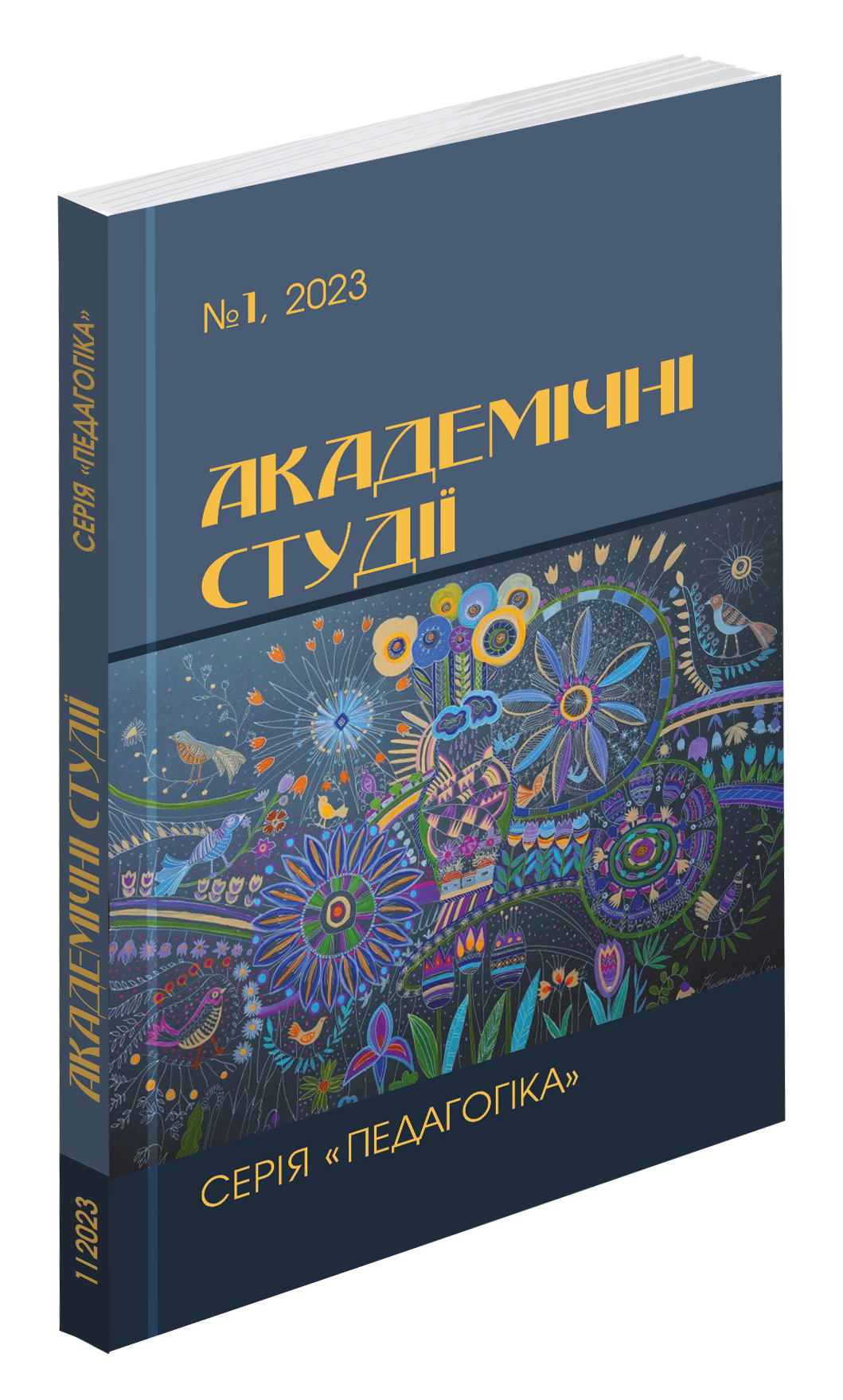Abstract
The article deals with the consideration of theoretical and practical research according to the state and new challenges in teaching a foreign language in conditions of blended education in higher educational establishments of Ukraine. It is stated that teaching a foreign language in a blended format is a special challenge for scientific and pedagogical staff. It is determined by the specificity of the subject, which covers various types of speech activity and requires constant practice in speaking, reading, writing and listening. The article emphasizes that the implementation of a blended format allows to develop all types and forms of work to form skills of foreign communication, provides teachers and students education with a unique opportunity to use digital technologies and resources of the World Wide Web. The teacher and his teaching methods play a significant role and affect the achievement of program learning outcomes. Teaching depends on the level of the teacher’s possession of digital skills and skills in working with various gadgets and resources of the World Wide Web, on the mastery of methods and technologies that are implemented during classes, on pedagogical skills, a harmonious combination of all forms, as well as on personal qualities and relations with students. A detailed description and analysis of the results of their own research is presented, which shows that, according to the students, the quality of foreign language teaching is at a good level. Learning the language is convenient and the majority would like to continue studying in a blended format. Respondents note that teaching takes place with the use of digital technologies and resources of the worldwide network for the formation of all types of speech activity, teachers set creative tasks for students, motivate and encourage them to learn foreign languages. As the research showed, if two years ago problems with digital literacy and insufficiently fast access to the Internet were considered to be the main drawback of blended learning and teaching, today only a few respondents indicate such problems. It is obvious that all participants of the educational process have adapted to this format and now the period of improving the skills of mastering modern digital technologies continues. In addition, teachers faced to new challenges in the process of teaching a foreign language, which are related to the removal of online translations from the Internet.
References
Безлюдний, О., В. Безлюдна, В., Щербань, І., Комар, О. Досвід використання змішаного навчання на заняттях з англійської мови у закладах вищої педагогічної освіти. ISSN: 2076-8184. B: Інформаційні технології і засоби навчання. Том 73, No5. 2019. СС.86-100. URL:https://www.researchgate.net/publication/336951520_dosvid_vikoristanna_zmisanogo_navcanna_na_zanattah_z_anglijskoi_movi_u_zakladah_visoi_pedagogicnoi_osviti. (Дата звернення 04.04.23).
Лимар Л. Основні переваги та недоліки дистанційного навчання іноземних мов у немовному закладі вищої освіти. Український педагогічний журнал. 2022.No 1. URL: https://uej.undip.org.ua/index.php/journal/article/view/583/513. (Дата звернення 24.04.23).
Міністерство освіти і науки України (2020). Рекомендації щодо впровадження змішаного навчання у закладах фахової передвищої та вищої освіти. 58c. URL:https://mon.gov.ua/storage/app/media/vishcha-osvita/2020/zmyshene%20navchanny/zmishanenavchannia-bookletspreads-2.pdf. (Дата звернення 14.04.23).
Триндюк, Мартинюк, Губіна. Особливості організації занять з іноземної мови в умовах змішаного навчання. Інноватика у вихованні. Випуск 13.Том 2. 2021. URL: https://ojs.itup.com.ua/index.php/iiu/article/view/331/329. (Дата звернення 12.04.23).
Тимощук Н. Застосування моделі blended learningпід час викладання іноземної мови в немовному (аграрному) ЗВО. Педагогіка формування творчої особистості у вищій і загальноосвітній школах. No62, Т. 2. 2019. CС.216-220. URL: http://pedagogy-journal.kpu.zp.ua/archive/2019/62/part_2/45.pdf. (Дата звернення 15.04.23).
Форостюк І. Викладання іноземної мови у вищій школі в умовах дистанційного навчання. URL: https://dspace.nuft.edu.ua/jspui/bitstream/123456789/35734/1/1.pdf. (Дата звернення 24.04.23).

